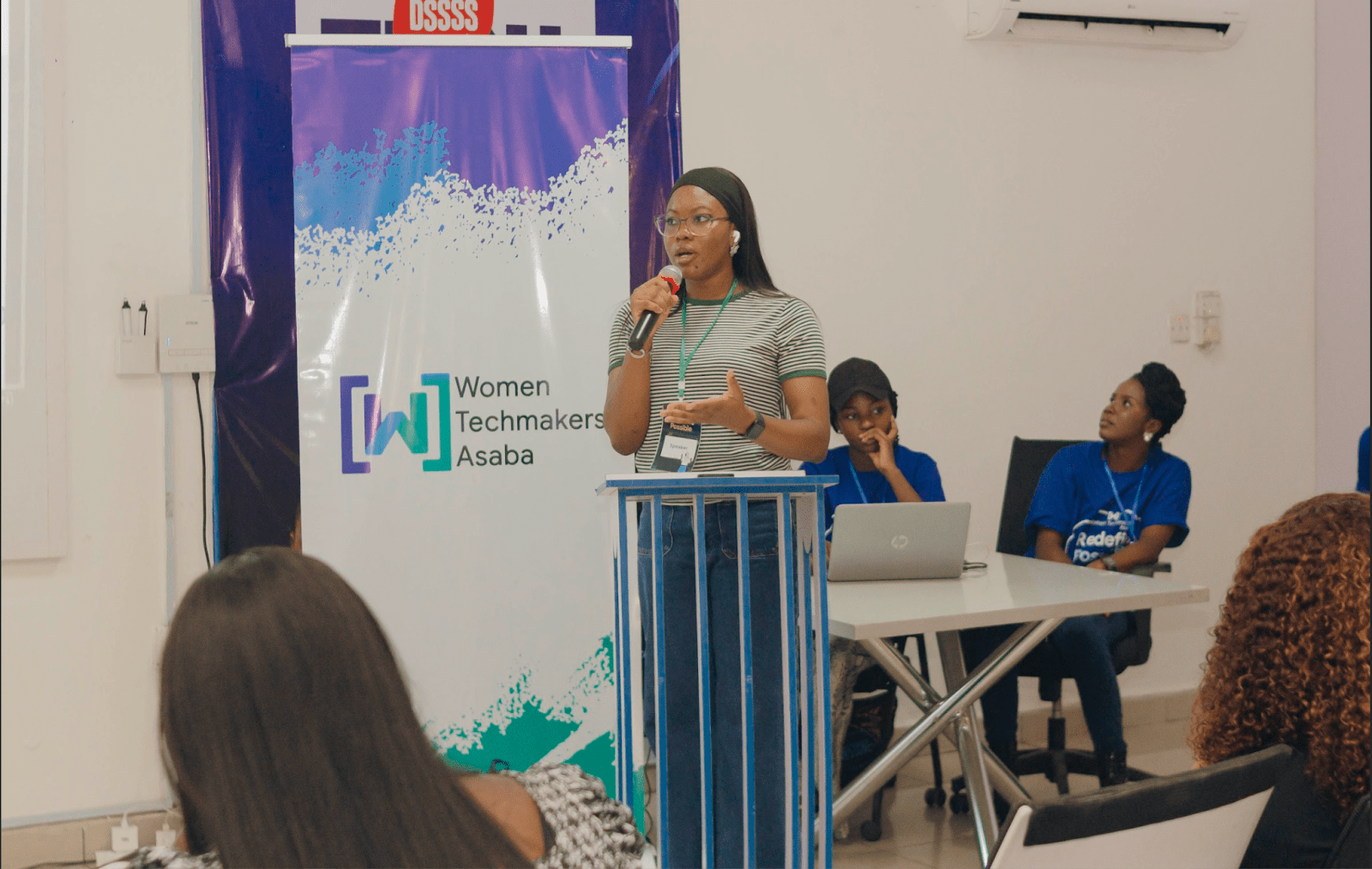In the early hours of December 7, 2023, precisely at 3:00 AM, Bank of America experienced a sudden outage across its mobile and online banking services. Customers found themselves unable to access their accounts, payments were halted, and customer support centers were overwhelmed with calls. By morning, the disruption had intensified, affecting millions who faced locked accounts, delayed payrolls, and a nationwide drop in card transactions. The root cause was traced back to a backend system upgrade that inadvertently triggered a domino effect within the bank’s core processing engine. This error resulted in significant financial losses, eroded customer confidence, and attracted regulatory attention.
This incident is far from unique. Back in July 2018, British Airways had to cancel over 400 flights after a critical failure in their backend infrastructure. A single failure point in their data center caused a global collapse of their check-in, booking, and flight management systems. The fallout cost the airline approximately $100 million in compensation and penalties. Similarly, in 2022, Slack, a popular workplace communication platform, endured a five-hour worldwide outage caused by an overloaded database shard. This event highlighted how backend scalability challenges can cripple even the most advanced digital services.

Our increasingly digital society depends heavily on a fragile network of backend systems, which are often pushed beyond their designed capacities. From mobile payment apps to ride-sharing platforms, nearly every digital service relies on intricate backend frameworks to operate smoothly. Unfortunately, many organizations fail to build systems capable of handling high traffic, simultaneous user demands, or unexpected failures. Gartner predicts that by 2026, 60% of digital enterprises will suffer significant service interruptions due to backend mismanagement-not because of flawed concepts, but due to fragile, non-scalable infrastructure.
The impact is even more pronounced in Africa. According to GSMA, sub-Saharan Africa lost $120 billion in productivity in 2023 alone due to interruptions in digital services. Whether it’s payment systems timing out during peak usage or healthcare APIs crashing mid-consultation, the absence of resilient backend engineering is hindering progress. As internet access expands and mobile-first platforms proliferate, the stakes of system failures grow exponentially. Without dependable backend architecture, startups and multinational companies operating in Africa risk building on unstable foundations. A recent Check Point report highlights a 20% increase in weekly cyberattacks per organization in Africa during Q1 2024, with vulnerable backend systems being the primary attack vectors. The urgency for scalable, secure, and transparent backend solutions has never been greater.
Backend engineers are increasingly recognized as the cornerstone of digital reliability. They are pushing for a paradigm shift: embedding resilience into infrastructure design from the outset rather than reacting to breakdowns after they occur. In an environment where even brief outages can translate into millions of dollars lost, this forward-thinking approach is becoming essential.
Ijeoma Eti: Crafting Backends Built to Withstand Pressure

Transitioning from a background in Industrial Chemistry to software engineering, Ijeoma Eti has emerged as a trailblazer in developing scalable backend infrastructures for top-tier companies in fintech, edtech, and logistics. Her expertise addresses the often unseen but vital challenge behind every thriving digital product: creating infrastructure that performs reliably at scale.
Ijeoma’s engineering ethos centers on embedding resilience from the ground up. Her designs emphasize three foundational pillars: modularity to ensure flexibility, fault tolerance to guarantee uninterrupted service, and observability to enable real-time monitoring and proactive issue resolution. Whether protecting sensitive financial data in fintech applications or ensuring seamless operations for logistics platforms managing thousands of transactions, Ijeoma prioritizes durability. She has been instrumental in building backend systems that support millions of users, bringing profound technical knowledge to each initiative. At Kafene, she contributed to backend solutions facilitating alternative lease-to-own financing for underserved U.S. communities, ensuring secure and scalable credit access. At Manufactured, she developed backend frameworks that sustain inventory and supply chain management for global brands, systems designed to remain robust under heavy loads and complex international operations.
Beyond her corporate roles, Ijeoma is a key maintainer of Layer5 Meshery, a prominent open-source project in the cloud-native ecosystem. She has also contributed to influential projects like Trix and OpenCollective-Frontend, which are shaping the future of developer tools and community infrastructure. Through her open-source collaborations, Ijeoma has partnered with engineers worldwide to deliver features powering mission-critical applications used by millions.

In addition to her technical contributions, Ijeoma is a passionate mentor, speaker, and advocate for elevating engineering standards across emerging tech ecosystems globally. She consistently underscores the necessity of robust backend infrastructure, stressing that without dependable systems, even the most groundbreaking applications are vulnerable to failure. Through mentorship initiatives, keynote presentations, and open-source engagement, she is helping to cultivate a future where companies worldwide can innovate with confidence in their system stability. Ijeoma has been invited to present at major African technology conferences such as the API Conference and the Open Source Community Africa Conference. She also mentors through organizations like Women Techmakers Asaba, Black Girls in Tech, and Google Developer Group. As technologies like AI, edge computing, and distributed systems continue to evolve, engineers like Ijeoma will be pivotal in ensuring that innovation advances hand-in-hand with reliability.























0 Comments